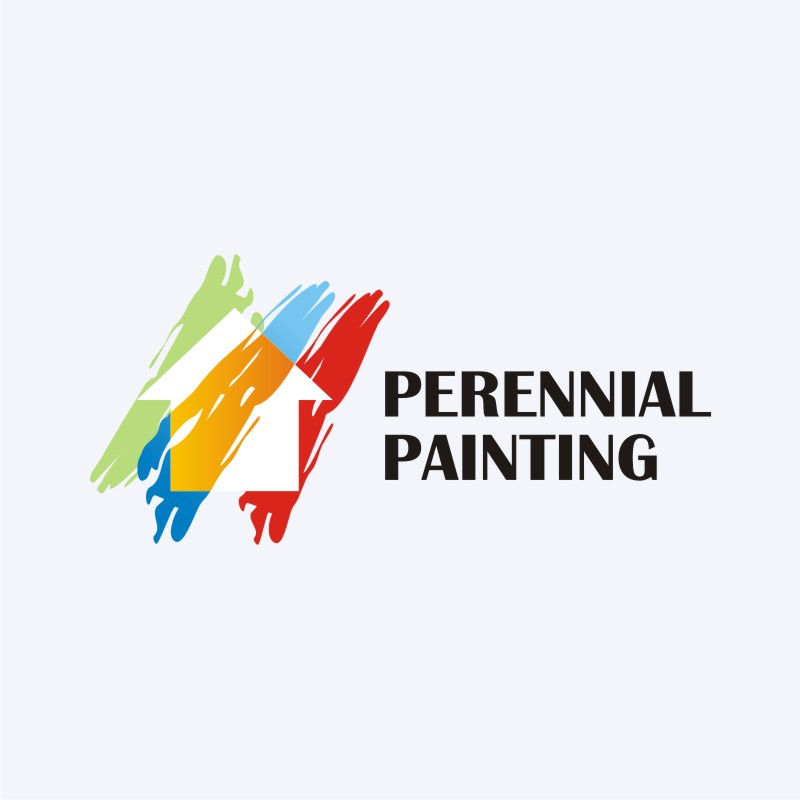Discover How Seasonal Elements Affect Industrial External Paint Success And Find The Best Times To Ensure Long Lasting Results For Your Project
Discover How Seasonal Elements Affect Industrial External Paint Success And Find The Best Times To Ensure Long Lasting Results For Your Project
Blog Article
Staff Author-Regan Celik
When you're preparing a commercial external painting task, seasonal variables can make or damage your outcomes. You'll want to take into consideration exactly how temperature level and moisture impact paint application and drying times. Selecting the appropriate period can ensure your paint adheres appropriately and lasts longer. Yet which seasons are absolutely the most effective for this sort of work? Let's discover house painters phoenix that can affect your task's success.
The Influence of Temperature Level on Paint Application
When you're preparing a commercial external painting job, the temperature can dramatically influence exactly how well the paint sticks and dries out.
Preferably, you intend to repaint when temperature levels range in between 50 ° F and 85 ° F. If it's as well cold, the paint might not treat correctly, causing issues like peeling or splitting.
On the other side, if it's as well hot, the paint can dry out as well swiftly, protecting against proper attachment and resulting in an unequal coating.
You should likewise take into consideration the moment of day; morning or late afternoon offers cooler temperature levels, which can be a lot more positive.
Constantly check you can try here for the specific paint you're using, as they often give guidance on the perfect temperature variety for optimum outcomes.
Moisture and Its Effect on Drying Times
Temperature level isn't the only environmental factor that affects your business exterior painting project; moisture plays a substantial duty as well. High humidity levels can decrease drying out times dramatically, affecting the general quality of your paint task.
When the air is filled with wetness, the paint takes longer to heal, which can result in problems like bad attachment and a greater threat of mildew development. If you're repainting on a specifically humid day, be planned for extensive delay times in between coats.
It's important to monitor local climate condition and plan appropriately. Ideally, go for moisture levels in between 40% and 70% for optimal drying.
Keeping these factors in mind ensures your task stays on track and delivers a lasting surface.
Best Seasons for Commercial Exterior Paint Projects
What's the very best season for your business outside paint tasks?
Spring and early loss are typically your best options. During these seasons, temperature levels are light, and moisture degrees are usually lower, creating ideal problems for paint application and drying.
Avoid summer's intense heat, which can trigger paint to completely dry as well swiftly, causing poor bond and surface. Similarly, wintertime's cold temperature levels can impede appropriate drying and healing, risking the durability of your paint job.
Go for days with temperatures between 50 ° F and 85 ° F for optimal outcomes. Keep in mind to examine the neighborhood weather prediction for rain, as damp problems can ruin your job.
Preparation around these elements ensures your paint project runs efficiently and lasts much longer.
Verdict
In conclusion, planning your business external painting tasks around seasonal factors to consider can make a considerable difference in the end result. By organizing work during the excellent temperature levels and humidity degrees, you'll make certain much better bond and drying times. Remember to keep an eye on neighborhood weather prediction and pick the right time of year-- spring and early autumn are your best bets. Taking these steps will help you achieve a durable and professional coating that lasts.
